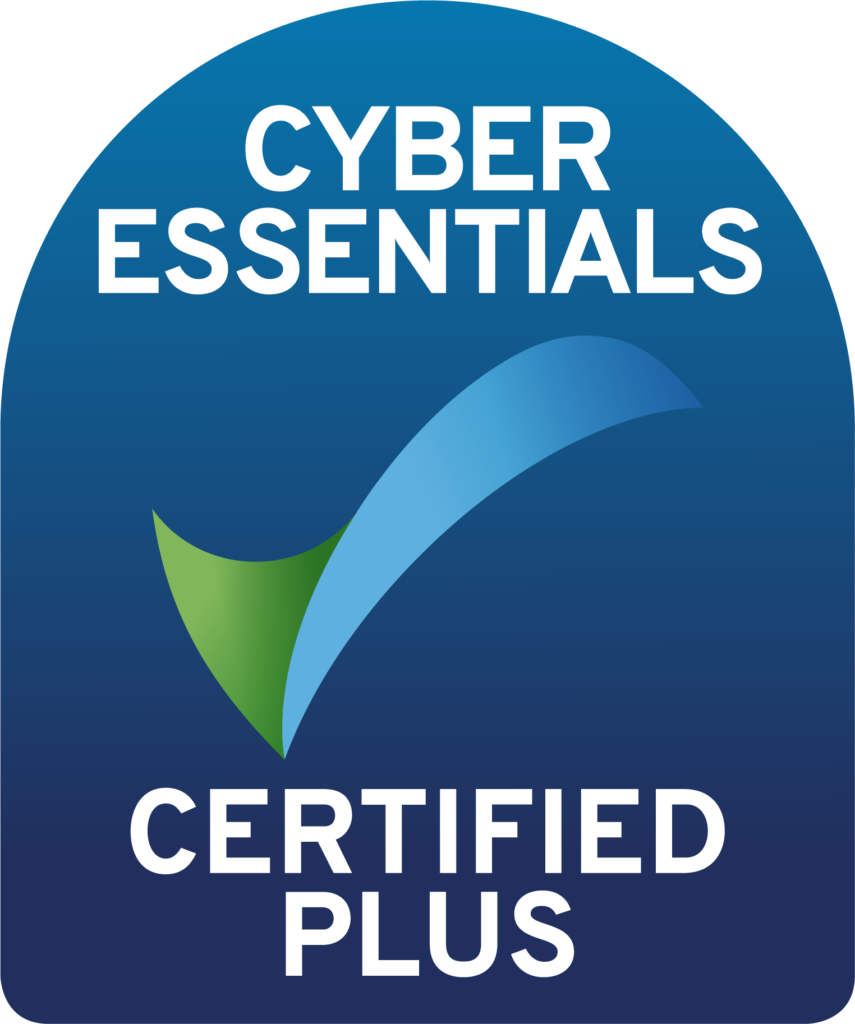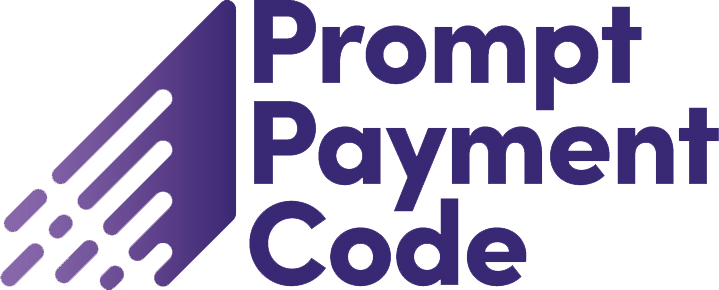CIPS CEO David Noble recently cited risk management as the biggest challenge for procurement teams. Businesses have multiple points of exposure across their supply chain. Even the most integrated organisations will have a complex supplier base making poor visibility of risk areas a real threat.
Engaging with risk management is a sure-fire way to strengthen weaker spots within your supply chain. Follow these steps to create a positive culture with suppliers, enabling a more flexible approach and increased supply chain risk.
Know the risk each supplier poses
Understand what risks each supplier brings to your business, their significance and likelihood, and how you can offset them. When you understand the risk associated with individual suppliers, you can take proactive steps to mitigate against these. Move away from a tick-box mentality. Instead understand the maturity of your suppliers and how capable they are of managing any threats.
Start as you mean to continue
Set expectations from the outset. Encourage dialogue so suppliers can be honest. This builds mutual trust and confidence, while minimising surprises. Where risks are identified, ask your supplier to talk you through how they plan to respond to it. Offer to be part of the management process.
As the buyer, you have the opportunity to lead difficult discussions. We see suppliers holding back from highlighting potential risks so as to avoid losing out on a contract. A joint approach will help identify and respond to risk, leading to better outcomes.
Look at the long-term
Supply chain has to be about the long-term. Reactive responses, just-in-time procurement and inappropriate cash flow strategy combine to increase the risk of business disruption. It’s short-term incentives to save money that tend to open organisations up to risk.
Flip this around. Ask suppliers to be utterly transparent in their bid submissions. You can then review any possible threats and make sure you aren’t in fact, over-paying for hidden risks. This translates to a better deal for both parties.
Do your supplier homework
Investing time in supplier analysis is vital to creating a resilient supply chain. Don’t assume your supplier has done their own risk analysis. It’s down to you to understand whether the supplier is risk aware.
Do they understand the risk in terms of what you’re asking them to deliver? Does their view of risks match yours? And do they have the capability to handle them?
Remember too, your suppliers’ supply chain will have links at risk of breaking. Due diligence will help you spot these from the start.
Learn, adapt, evolve
Projects go wrong. A resilient supply chain can evolve and continue to flow. Capture lessons learned and monitor your response. Create a knowledge base of best practice. Apply these lessons to your wider supply chain management strategy, to drive chances of future success.
Risk is at the centre of every supply chain. Collaboration is the most effective way to safeguard against it. Understand your weak points, work closely with suppliers and drive resiliency with this mutual understanding and shared commitment to the best outcome.








